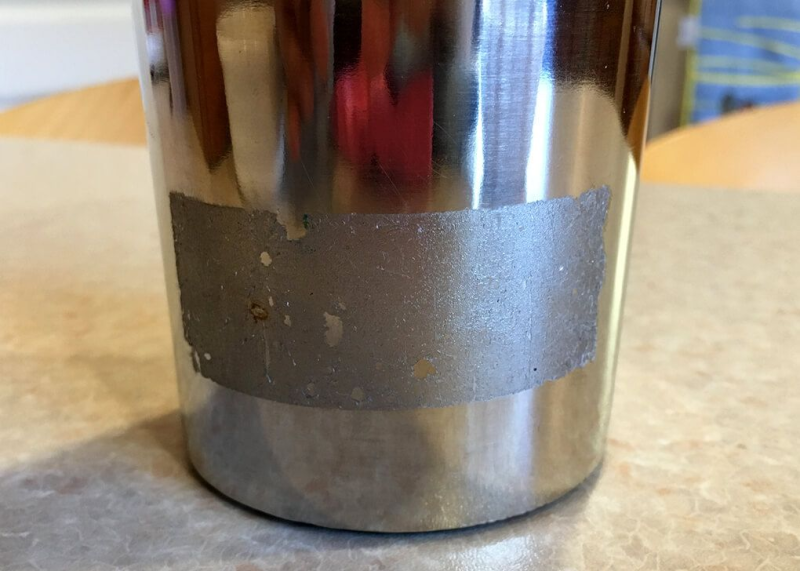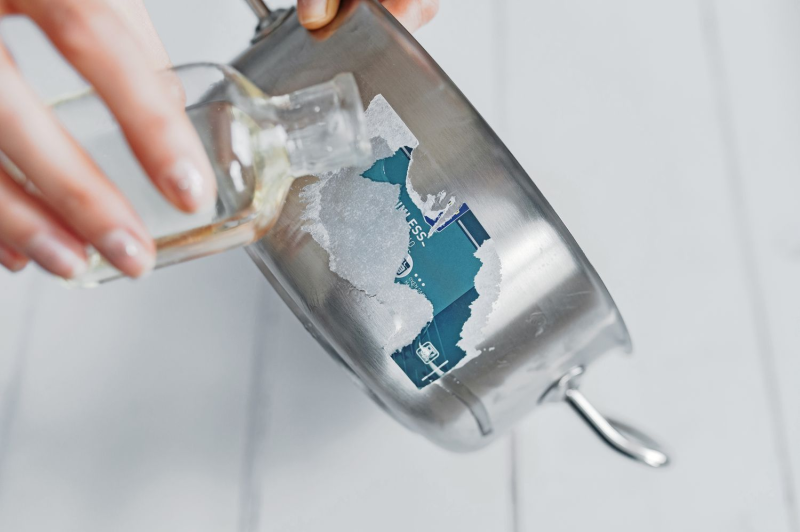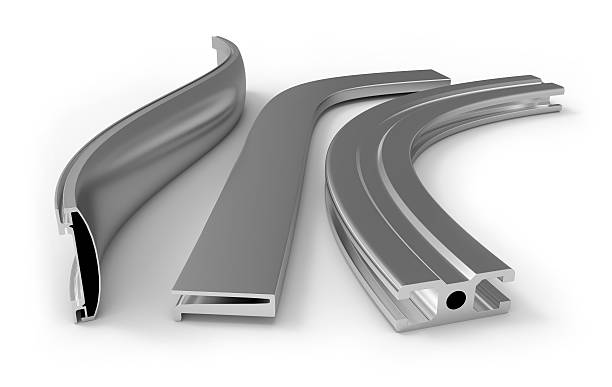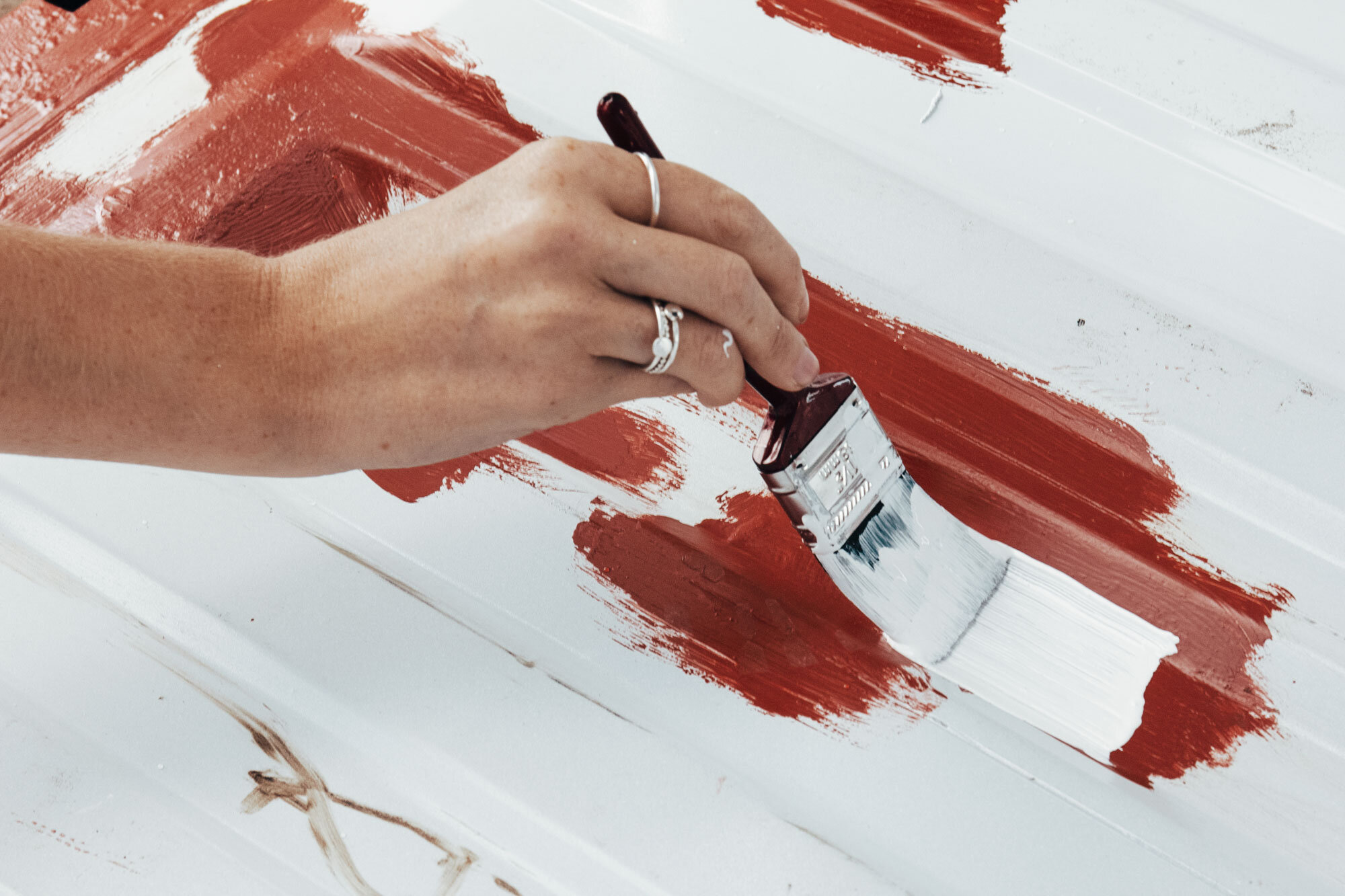Stickers can be an easy and effective way to personalize items, but they can also be a nuisance when it comes time to remove them. One of the most difficult surfaces to remove sticker residue from is metal. The strong adhesive used to stick the label to the metal surface can leave behind a stubborn and unsightly residue that can be difficult to remove. In this post, we will explore the best methods for removing sticker residue from metal surfaces, including both household items and specialized products. Whether you’re dealing with residue from a price tag, a product label, or any other type of sticker, this guide will help you get your metal surface looking as good as new.
Do you have a metal surface that’s covered in stubborn sticker residue? Have you tried to remove it, but found that conventional cleaning methods just aren’t effective? You’re not alone! Many people struggle with this problem, but fear not – there are several tried-and-true methods for removing sticker residue from metal surfaces. In this post, we’ll take a closer look at each of these methods, as well as their pros and cons, so that you can choose the right approach for your needs. Whether you’re looking to clean up a metal surface in your home or workplace, this guide has everything you need to know to get the job done.
Remove Sticker Residue From Metal Overview
Let’s start with some household items. WD-40 is a great option for removing sticker residue from metal, it’s a household staple that you probably already have on hand. Simply spray a little bit on the residue and let it sit for a few minutes. Then, use a clean cloth or paper towel to wipe it away, and voila! The residue should come off easily. Another household item that works well is vinegar. Simply soak a cloth in vinegar and place it on the residue for a few minutes, then use the cloth to scrub the residue away. Both of these methods work well and are budget-friendly!
There are also specialized products specifically designed to remove sticker residue from metal. For example, Goof Off FG675 Professional Strength Remover is a heavy-duty product that works wonders on sticker residue. It’s a bit more expensive than household items, but it’s very effective and a little bit goes a long way. Another product I’ve used is 3M Adhesive Remover, which is specifically designed to remove sticky residue from a variety of surfaces, including metal. It’s easy to use, simply spray it on the residue and let it sit for a few minutes, then use a clean cloth or paper towel to wipe it away.
Overall, there are many options available to remove sticker residue from metal, so you’re sure to find one that works for you. Whether you choose to use a household item or a specialized product, you’ll be able to get your metal surface looking like new in no time!
Remove Sticker Residue From Metal In Comparison
Removing sticker residue from metal can be a frustrating task, but with the right approach, it can be done quickly and effectively. In this guide, we’ll take a closer look at the problem of sticker residue on metal surfaces and the various methods you can use to remove it.
The Problem of Sticker Residue on Metal Stickers can be an easy and effective way to personalize items, but they can also be a nuisance when it comes time to remove them. One of the most difficult surfaces to remove sticker residue from is metal. The strong adhesive used to stick the label to the metal surface can leave behind a stubborn and unsightly residue that can be difficult to remove.
Methods for Removing Sticker Residue from Metal There are several methods for removing sticker residue from metal, including household items, specialized products, and DIY solutions. Here’s a closer look at each of these methods:
- Household Items
- WD-40: Simply spray a little bit on the residue and let it sit for a few minutes. Then, use a clean cloth or paper towel to wipe it away.
- Vinegar: Soak a cloth in vinegar and place it on the residue for a few minutes, then use the cloth to scrub the residue away.
- Specialized Products
- Goof Off FG675 Professional Strength Remover: A heavy-duty product specifically designed to remove sticker residue.
- 3M Adhesive Remover: A product specifically designed to remove sticky residue from a variety of surfaces, including metal. Simply spray it on the residue and let it sit for a few minutes, then use a clean cloth or paper towel to wipe it away.
- DIY Solutions
- Cooking Oil: Apply a small amount of cooking oil to the residue and let it sit for a few minutes. Then, use a clean cloth or paper towel to wipe it away.
- Baking Soda and Warm Water: Make a paste with baking soda and warm water and apply it to the residue. Let it sit for a few minutes, then use a clean cloth or paper towel to wipe it away.
Pros and Cons of Each Method Here’s a comparison of the pros and cons of each method:
| Method | Pros | Cons |
|---|---|---|
| WD-40 | Easy to find, budget-friendly, fast-acting | Strong odor |
| Vinegar | Budget-friendly, no harsh chemicals | May leave behind a vinegar odor |
| Goof Off FG675 | Effective, heavy-duty | More expensive than household items |
| 3M Adhesive Remover | Easy to use, specifically designed for removing sticker residue | More expensive than household items |
| Cooking Oil | Budget-friendly, no harsh chemicals | May leave behind an oil residue |
| Baking Soda and Warm Water | Budget-friendly, no harsh chemicals | May take longer to work than other methods |
Conclusion Removing sticker residue from metal can be a challenge, but with the right approach, it’s possible to get the job done quickly and effectively. Whether you choose to use a household item, a specialized product, or a DIY solution, you’ll be able to get your metal surface looking like new in no time. Consider the pros and cons of each method and choose the one that’s best for your needs.

Equipment To Work With
| Equipment | Purpose |
|---|---|
| WD-40, Vinegar, Cooking Oil, Baking Soda | Removers or solutions to dissolve the sticker residue |
| Spray bottle or cloth | Application method for the solution |
| Clean cloth or paper towel | For wiping away the dissolved residue |
| Scrub brush (optional) | For scrubbing the residue if needed |
| Gloves (optional) | To protect your hands from harsh chemicals |
It’s important to note that the specific equipment you’ll need may vary depending on the method you choose to use. Be sure to follow the instructions for the method you choose, and always exercise caution when working with chemicals.
Step-by-Step Instructions On Removing Sticker Residue From Metal
- Gather your equipment: You’ll need a can of WD-40, a clean cloth or paper towel, and a spray bottle (if you’re using vinegar or a DIY solution).
- Spray the residue: Spray the WD-40 directly onto the sticker residue and let it sit for a few minutes. If you’re using vinegar or a DIY solution, soak a cloth in the solution and place it on the residue for a few minutes.
- Wipe away the residue: Use a clean cloth or paper towel to wipe away the dissolved residue. If the residue is particularly stubborn, you can use a scrub brush to gently scrub it away.
- Repeat as needed: If there is still residue remaining, repeat steps 2 and 3 until it is removed.
- Clean the surface: Once all the residue is removed, clean the surface with a clean cloth or paper towel to remove any residual WD-40 or solution.
Tips for Success:
- Be patient! The longer you let the solution sit, the easier it will be to remove the residue.
- Be gentle when scrubbing. You don’t want to damage the metal surface.
- If you’re using vinegar or a DIY solution, be sure to test a small, inconspicuous area first to ensure that the solution won’t damage the metal.
By following these simple steps, you’ll be able to remove sticker residue from metal and restore your surfaces to their original condition. Good luck!

F.A.Q.
What is the best solution to remove sticker residue from metal?
There is no single “best” solution, as the best solution will depend on the type of metal and the type of residue you’re dealing with. Common solutions include WD-40, vinegar, cooking oil, and baking soda.
Can vinegar remove sticker residue from metal?
Yes, vinegar can be effective in removing sticker residue from metal. Soak a cloth in vinegar and place it on the residue for a few minutes, then wipe away the dissolved residue.
Is WD-40 safe to use on metal surfaces?
Yes, WD-40 is safe to use on most metal surfaces. However, it’s always a good idea to test a small, inconspicuous area first to ensure that it won’t damage the metal.
Can I use baking soda to remove sticker residue from metal?
Yes, baking soda can be effective in removing sticker residue from metal. Mix baking soda with water to form a paste and apply it to the residue. Let it sit for a few minutes, then wipe away the dissolved residue.
Can I use cooking oil to remove sticker residue from metal?
Yes, cooking oil can be effective in removing sticker residue from metal. Apply cooking oil to the residue and let it sit for a few minutes, then wipe away the dissolved residue.
How do I prevent sticker residue from sticking to metal in the first place?
To prevent sticker residue from sticking to metal, try to avoid placing stickers on metal surfaces whenever possible. If you must use stickers on metal, apply a thin layer of cooking oil or petroleum jelly to the metal before sticking the sticker on top. This will create a barrier between the metal and the sticker, making it easier to remove the sticker without leaving residue behind.



Leave a Reply